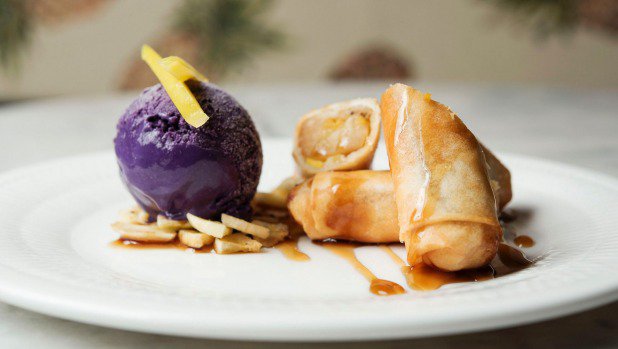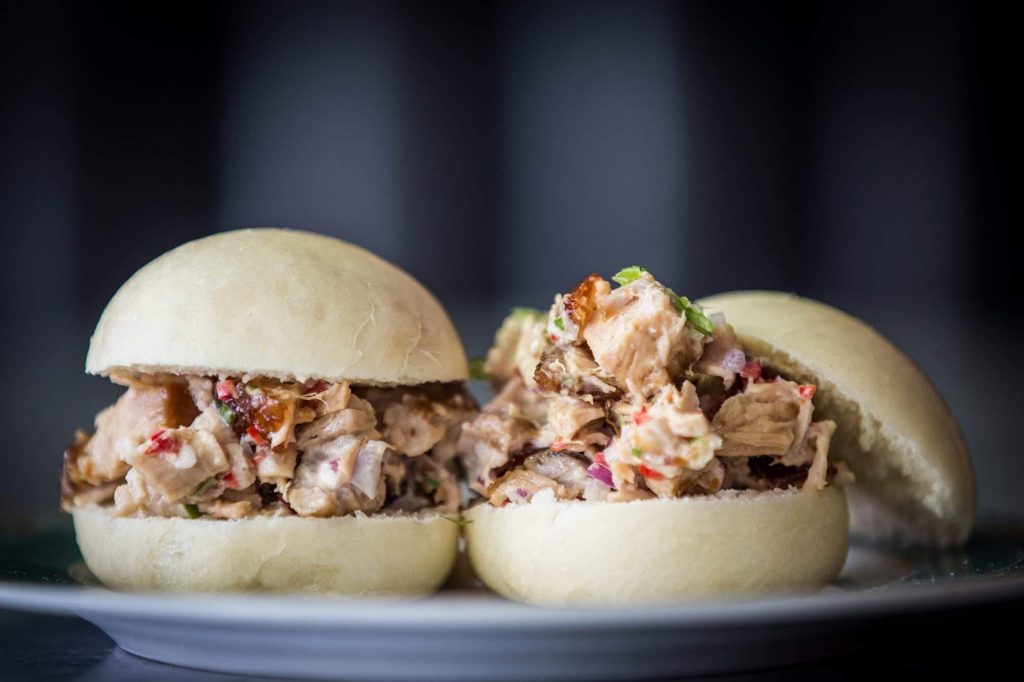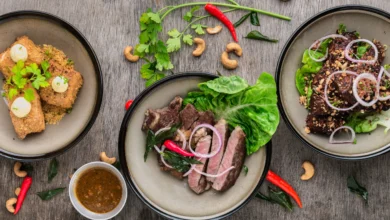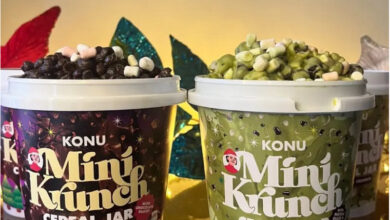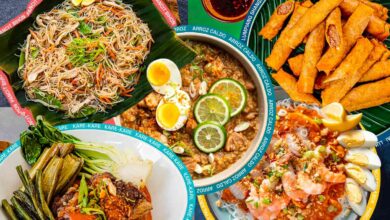
Panlasang Pinoy: Exploring Filipino Cuisine Overseas
We may not realize it, but we Filipinos often take it for granted that the food we eat is an integral part of our cultural identity. Most of us grow up and grow old immersed in the mouth-watering aromas emanating from the kitchens of our respective families. It’s a familiar kind of comfortable; a nostalgic, sensory memory that stays with us throughout our lives, and eventually becomes a part of our being, wherever in the world we end up.
And with data from the Commission on Filipinos Overseas estimating that more than 10 million of us live abroad (roughly 10% of our total population), it’s no surprise that when pinoys go overseas, we take our recipes with us. We cook them with pride, sharing them with others, recalling their regional roots, and how our grandmothers cook them. It makes us feel that no matter where we are in the world, the taste of home is just a spoonful away.
To help our kababayans cook these recipes with authenticity, pinoy-owned and operated grocery stores have popped up around the world in recent years. Big cities like New York, San Francisco, Tokyo, Sydney, and London all have their string of specialty shops that cater to the homesick Juan craving for a bottle of the right sawsawan (sauce/dip). Be it bagoong (shrimp paste), suka (vinegar), or patis (fish sauce) – these are just a few of the many cornerstone accompaniments to a traditional Filipino meal.
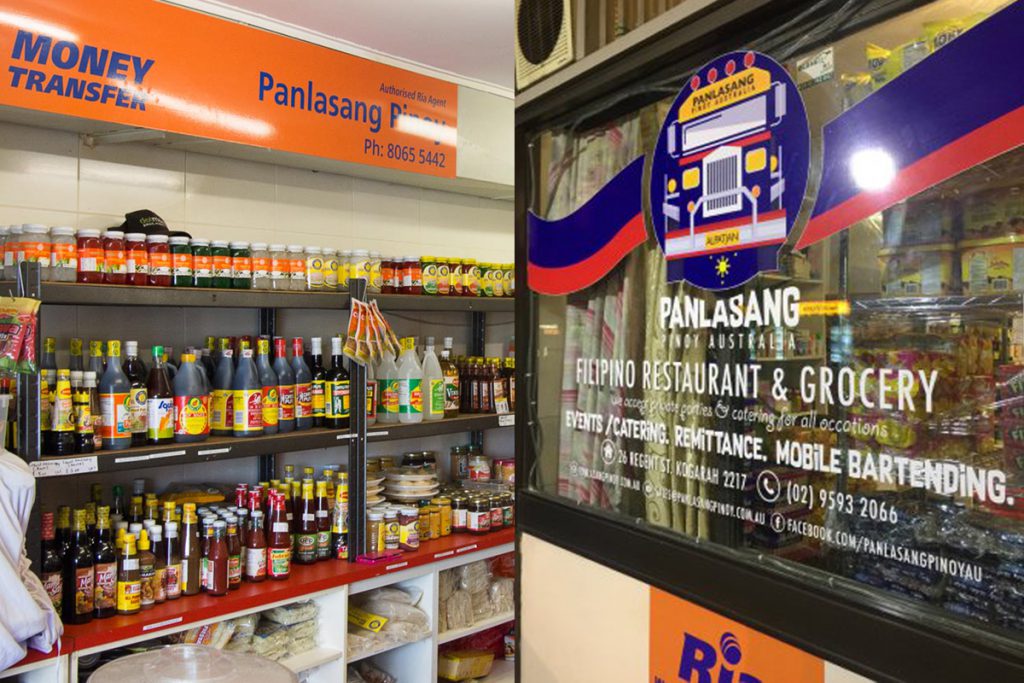
They say that absence makes the heart grow fonder. Which is likely why stories abound of second and third generation Filipino-somethings who want to reconnect with their roots by exploring our cuisine. These are Fil-Ams, Fil-Brits, or Fil-Japs, who take pride that they can cook their tita’s (auntie’s) lumpia (spring rolls), or their pinsan’s (cousin’s) pancit (noodles).
Is this movement towards self-discovery and cultural (re)appreciation of Filipino communities all over the world the reason why our cuisine is starting to make waves in the international culinary scene? Perhaps.
Filipino restaurants all over the world have been gaining quite some coverage in the past few years, and the reason may not only be because of the delectable and unique flavors that our cuisine offers, but also because it provides people a glimpse into what it really feels like to be Filipino. Like other people and cultures, we are no different in the way that our food is not merely an extension, but a pillar of our identity.
Curious to see what’s out there and how they’re representing Filipino food? Below are a few of our favorite names and places tickling taste buds overseas:
Ate (the Filipino word for “older sister”), is a Filipino restaurant in Nishi-Ogikubo in Tokyo, Japan. Owner Mayumi Takeuchi swears by her grandmother’s adobo recipe, which she learned growing up in her family’s restaurant, Zeny, in Imus, Cavite. She is quick to recommend it to their non-Filipino patrons. Mayumi was 45 years old and happily married when she decided to put up Ate. The restaurant has a homey and accommodating atmosphere, and is known for adjusting their recipes according to the guest’s preferences, while keeping the main ingredients true to Filipino heritage.
Rey’s Place, the first modern Filipino restaurant in Sydney, Australia, was named after the father of the owner, Jonathan Bayad. It’s a family affair – Rey drives an hour to their location in Sydney to help out, and his wife is in charge of sourcing the hard-to-find Filipino ingredients that they use. They got a Filipino chef to head the kitchen, and they create inventive reworkings of our traditional sisig served in a siopao-style bun, lechon served with thick shards of crispy skin, drizzled with homemade sauce, and the classic turon – ube (purple yam) ice cream combination transformed into a picture-perfect parfait.
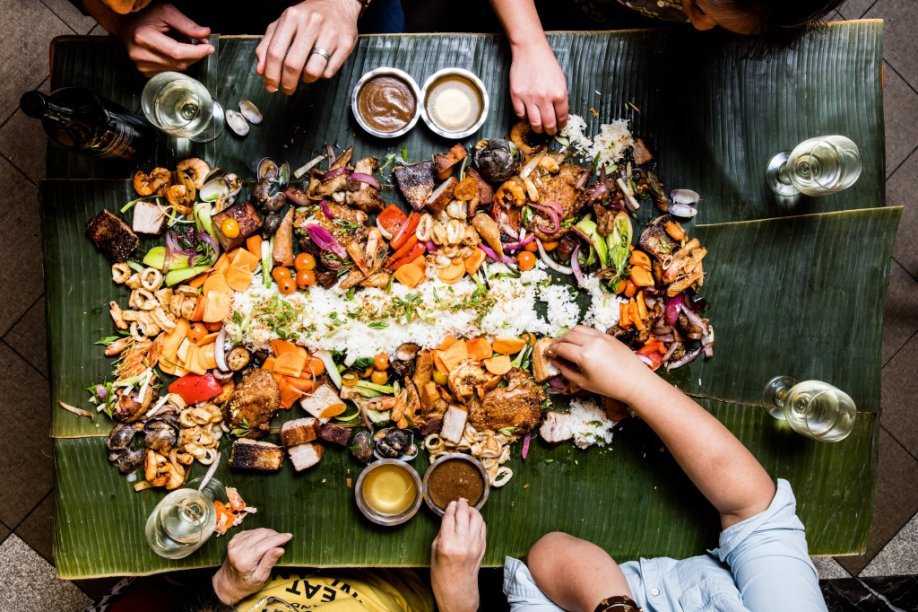
Jeepney, a Filipino Gastropub in New York City, is the second restaurant of owners Nicole Ponseca and Miguel Trinidad. Brother to their first restaurant, Maharlika Filipino Moderno, Jeepney has been in the forefront of popularizing Filipino food in the East Village. The way they serve balut (fertilized duck egg), with a resounding cry throughout the restaurant, is reminiscent of the way the local sellers peddle it in the streets of Manila. Thursdays is Kamayan Night, where they serve their lechon, dinuguan, and tocino on bamboo leaves – boodle fight-style. In this space lies a sense of community shared over a steaming mound of rice and ulam, irrespective of nationality.
These are just a few of the many Filipino restaurants around the world which proudly showcase the best of our food, and truly share what it feels to be pinoy. It’s not just about the aromas and flavor profiles, but the invaluable glimpse into our culture the cuisine provides. More than our food, we should be proud that we are a people who value community, and that we always carry an ingrained sense to sincerely share whatever we may have by saying, “Kain po tayo!” (Let’s eat!), wherever in the world we may be.

